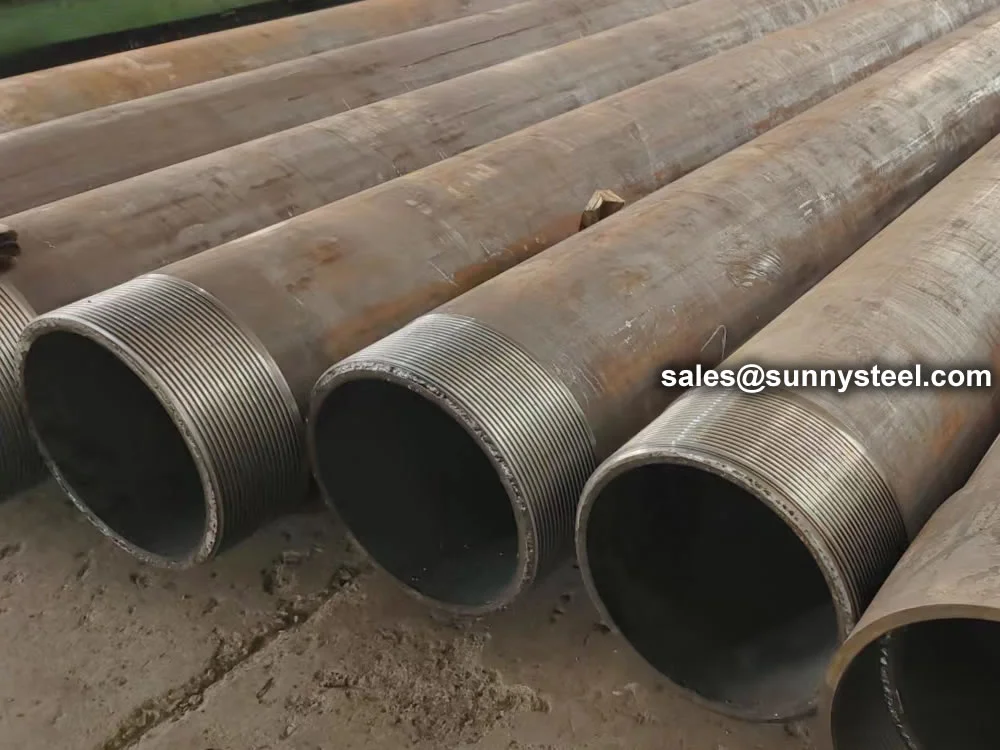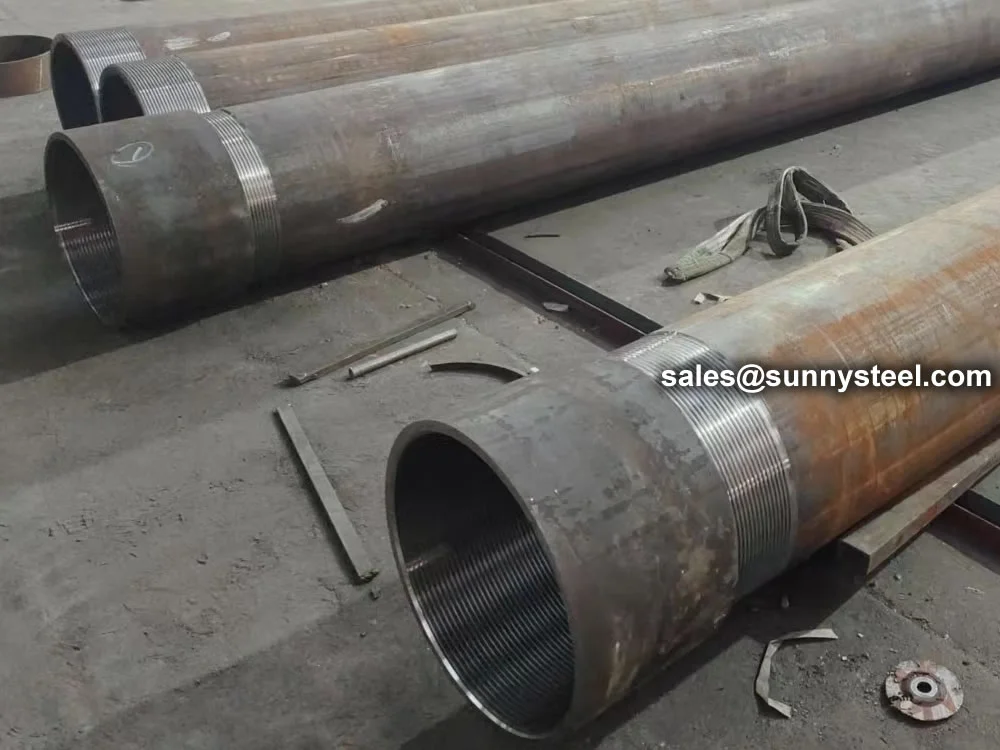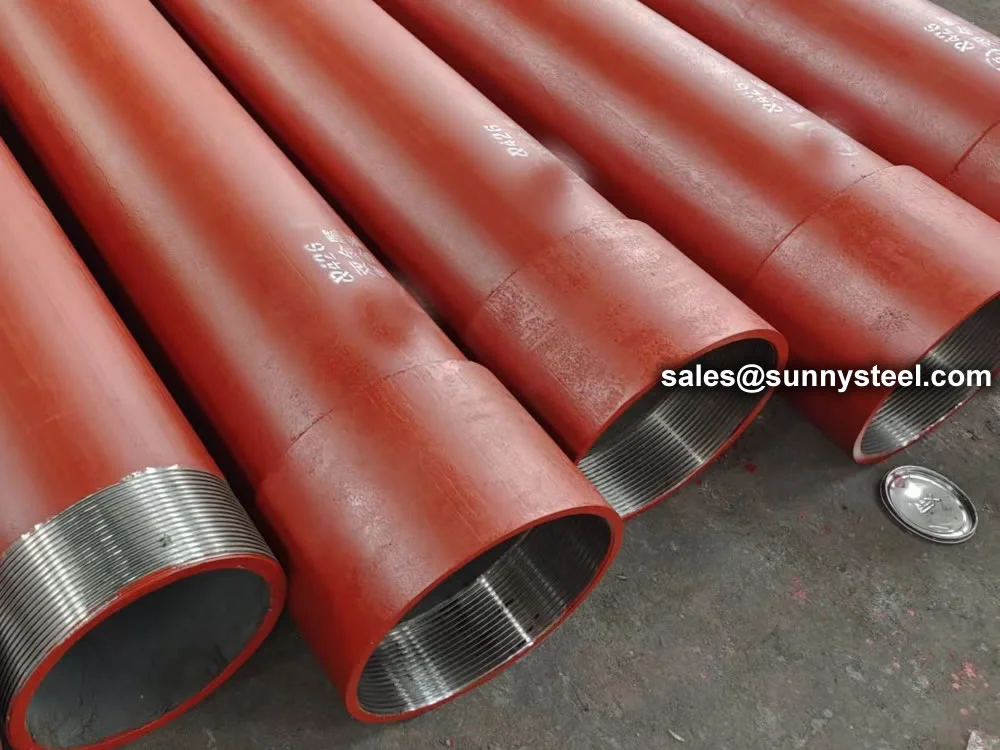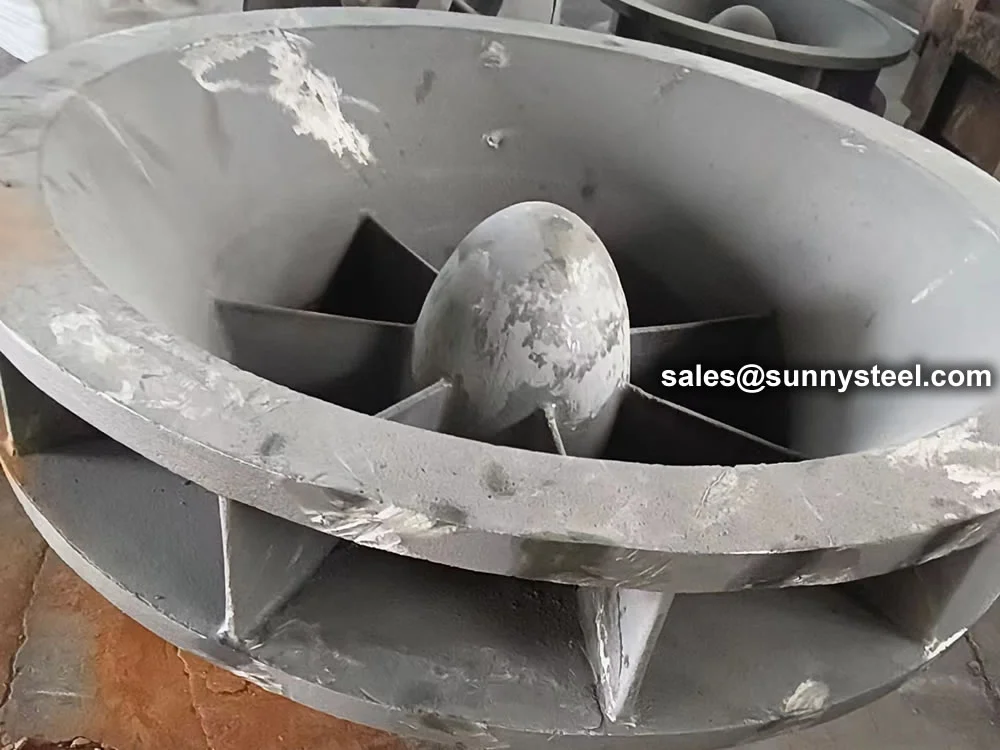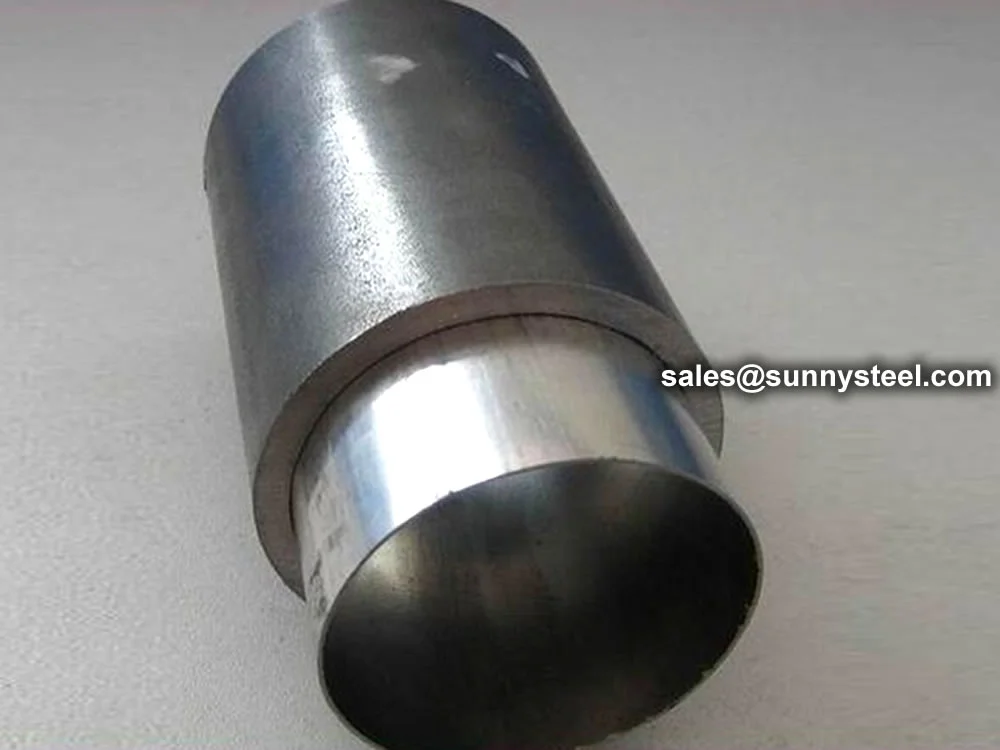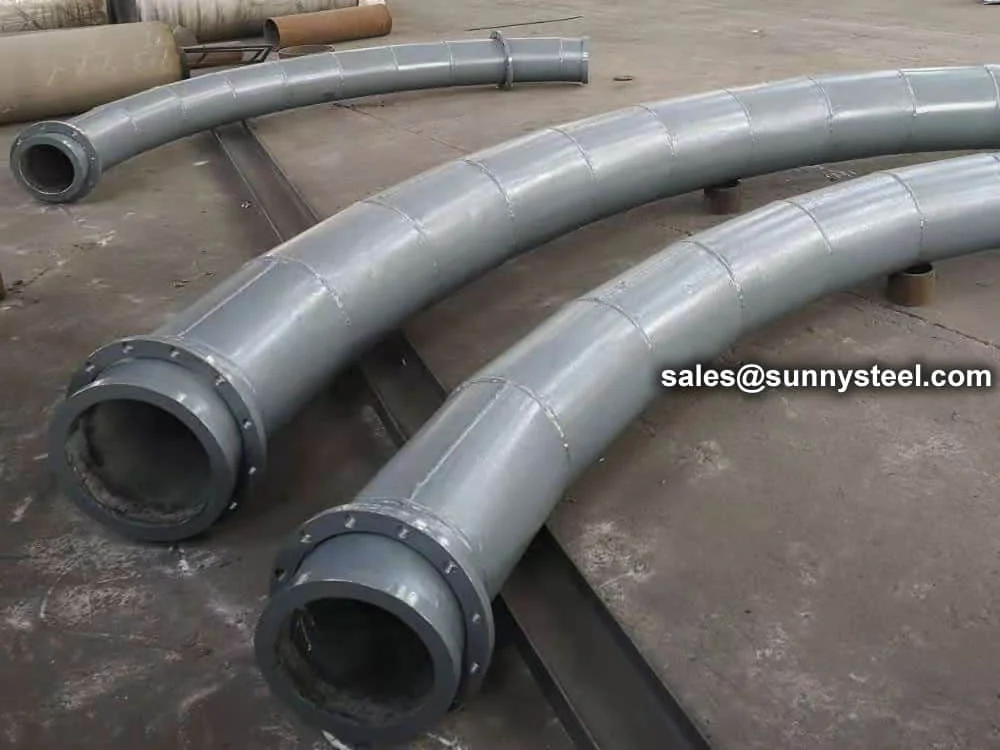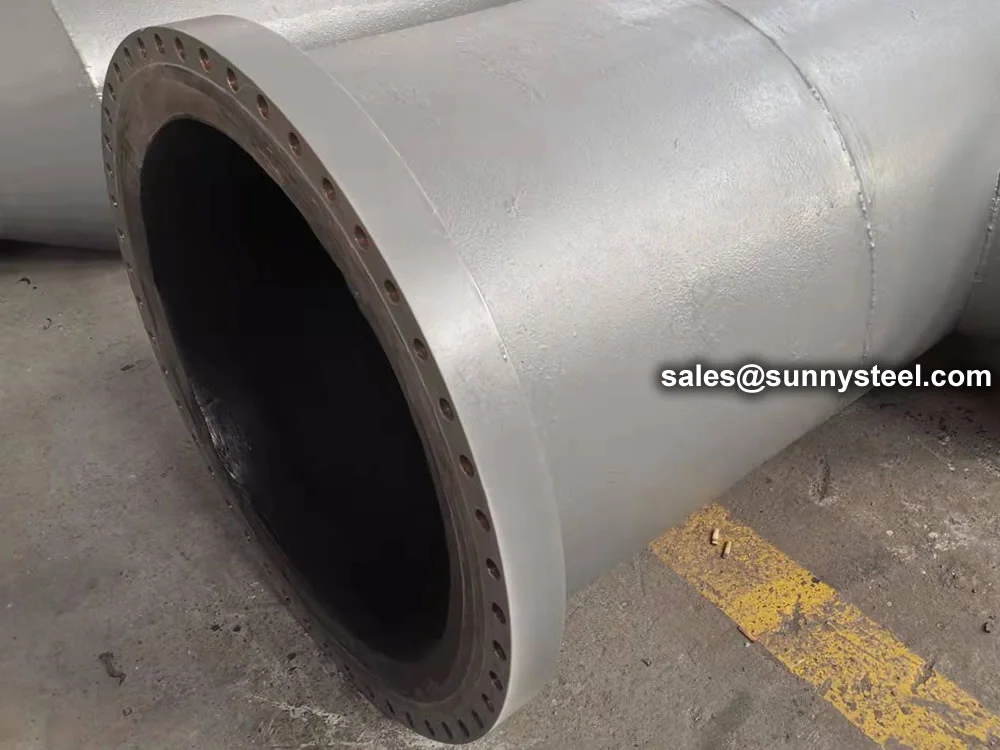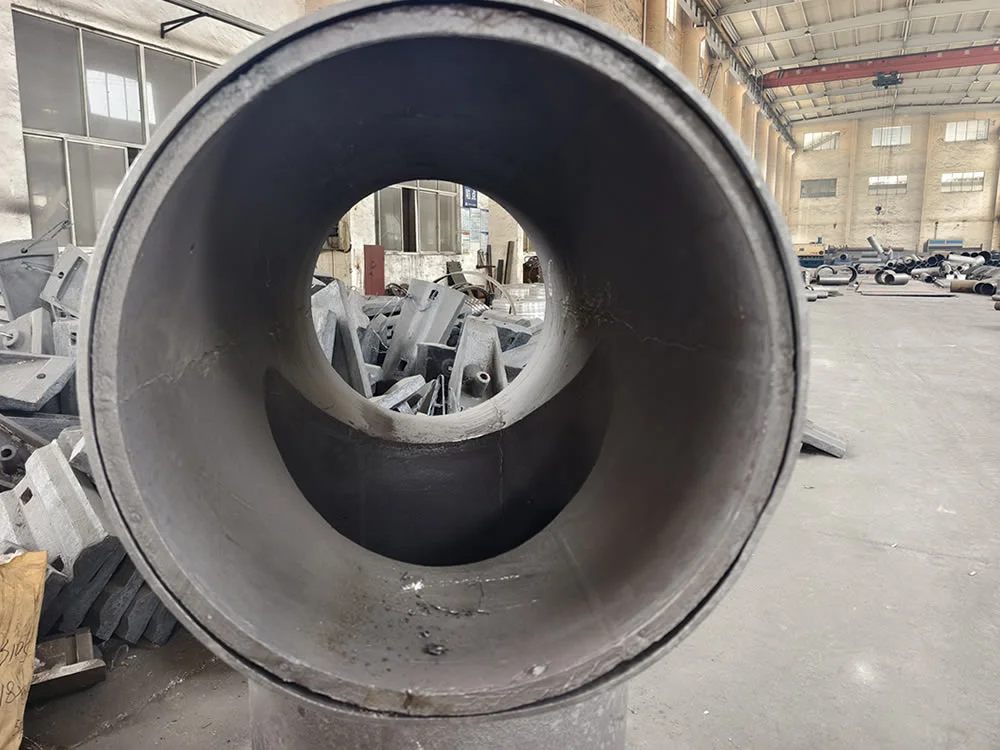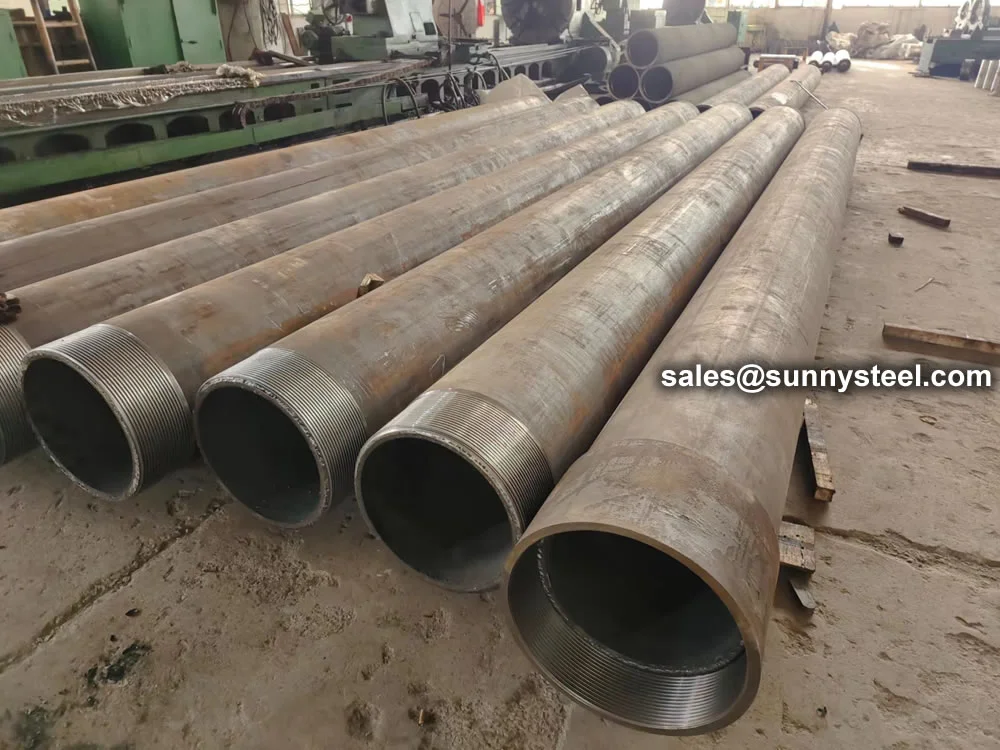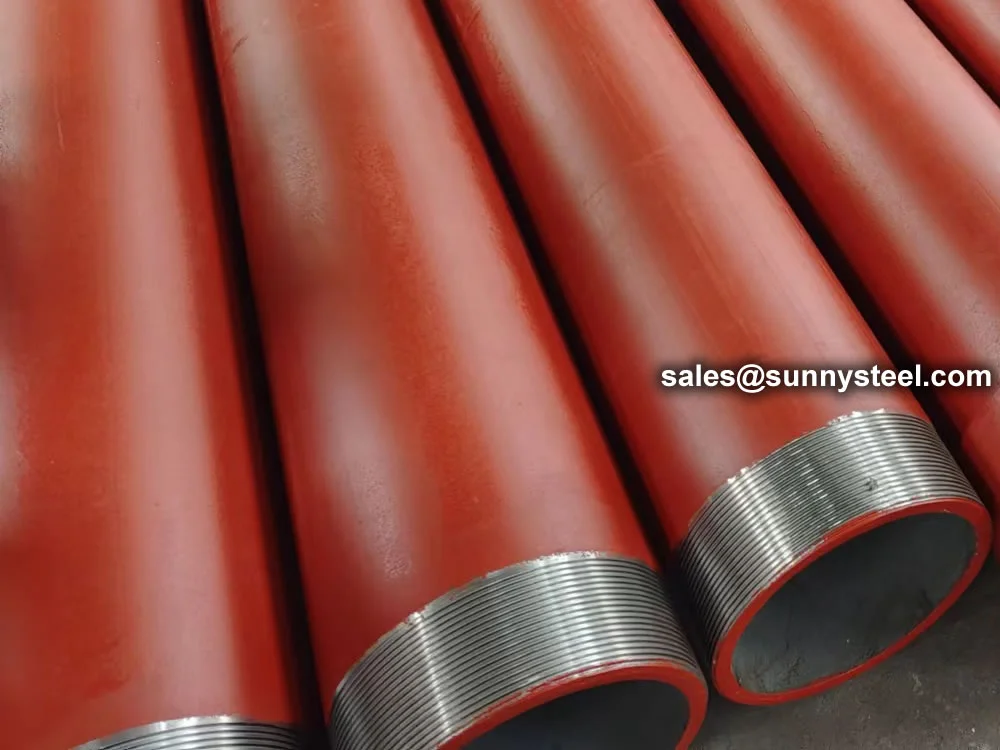
Wear Resistant High Chromium Cast Iron Pipes
Superior Abrasion Protection Pipes
Wear resistant high chromium cast iron pipes provide exceptional hardness and abrasion resistance, ideal for transporting abrasive materials in power plants, mining, and cement industries.
Wear Resistant High Chromium Cast Iron Pipes
Superior Abrasion Protection Pipes
Wear resistant high chromium cast iron pipes provide exceptional hardness and abrasion resistance, ideal for transporting abrasive materials in power plants, mining, and cement industries.
